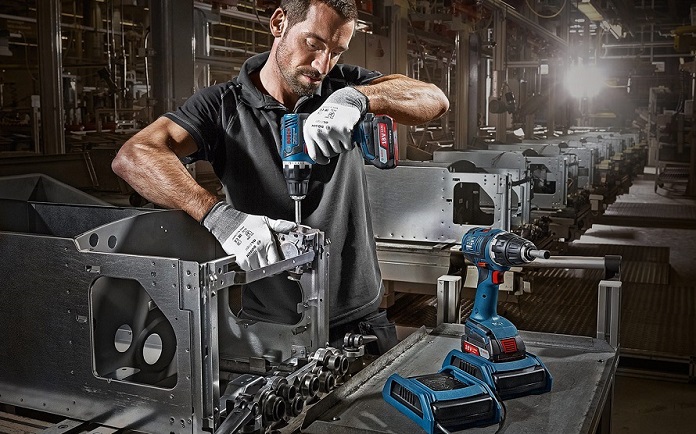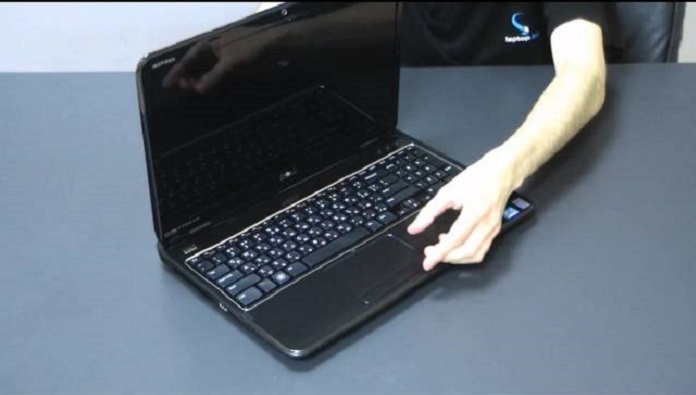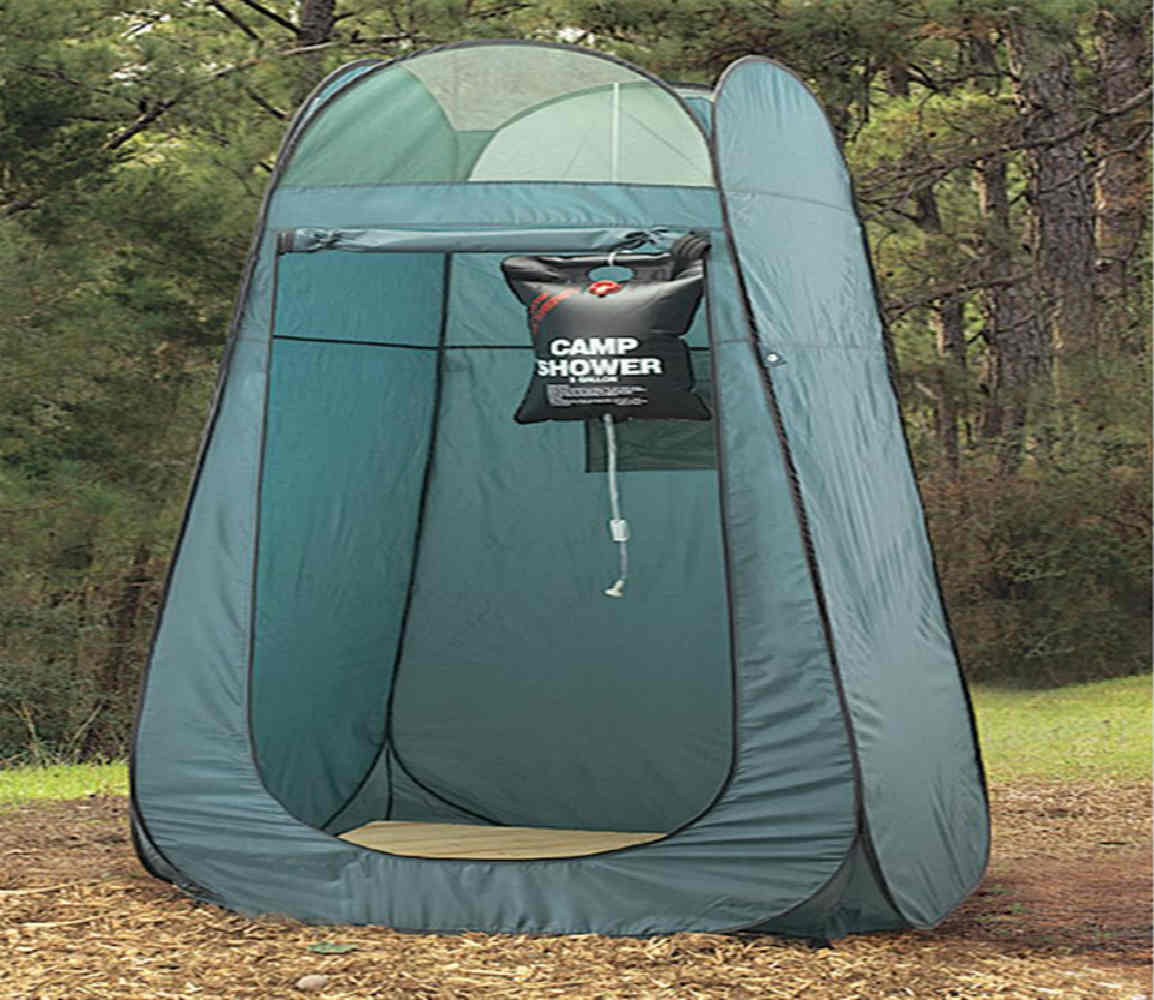If you’re planning on implementing healthy lifestyle habits to keep your immune system strong, consuming oats should also included. Aside from being delicious and versatile, oats are also high in nutrients, making them a valuable addition to the diet.
They provide flavour to dishes from breakfast to snack time to after-dinner dessert and are so popular that they were immortalised in one of the world’s favourite fairy tales – Goldilocks and the Three Bears. Despite this, they have long been a contentious cereal in the celiac community, and their position as a gluten-free grain option is often debated.

Naturally, oats don’t contain gluten. Still, research suggests that the great majority of the packets found in store aisles contain amounts high enough to harm someone with celiac disease. How this is possible, you may ask?
The debate regarding oat acceptability for celiac patients comes from how they are grown and processed. Oat crops are usually grown alongside wheat fields and, after harvested, are frequently processed in the same facilities. This opens the door to cross-contamination both at the source (in the fields) and during processing and packing.
As a result, residues of wheat are frequently found in oats packs. This means anybody suffering from celiac disease should exercise extreme caution when purchasing such foods and carefully inspect the label to ensure that they are free of any possibility of wheat contamination.
Another source of contention is the presence of avenin in oats, which is a protein with a similar composition to gluten. Although studies have shown that avenin is safe for the great majority of gluten-intolerant persons, it may cause symptoms in a very small number of cases.
What Are Gluten Free Oats?

Fortunately for oat lovers, you can now buy pure oats gluten free options in most supermarkets. These oats are harvested with gluten-free equipment and then packaged with care in a separate dedicated facility.
Although an increasing number of manufacturers are producing gluten-free oats, there is much debate among the celiac community about how safe their processes are. To physically eliminate impurities from the oat supply, most big producers use a mechanical (also known as optical) sorting process. Those with celiac diseases fear that this isn’t good enough since the sorting isn’t sufficiently through.
Although gluten contamination may seem a dramatic subject (what is one grain of barley in a field of oats?) for those who have celiac disease, that one gluten-containing seed is really important. The maximum for calling anything “gluten-free” is 20 parts per million of gluten to the total product. That means there must be less than 20 gluten-containing grains for every million oat granules.
How To Choose Gluten-Free Oats?

When shopping for gluten free oats, keep in mind that terms such as ‘pure,’ ‘organic,’ or ‘100% oats’ don’t guarantee that they are in fact gluten-free. Manufacturers must comply with laws that assure their goods contain fewer than 20ppm (parts per million) of gluten in order to use the label “gluten-free”.
If you haven’t seen a wheat seed know that it looks similar to oats, as do rye and barley seeds. As a result, they are extremely difficult to separate using a machine. Manufacturers obtain gluten-free certification by evaluating around 20 samples and average the results, however, this might imply that certain batches contain gluten over the 20 ppm level. As long as the average is low enough, the producer passes the test.
Nevertheless, many manufacturers may not have this problem—all of their samples may be under the limit. You simply cannot know for certain. Many celiacs consume gluten-free oats without issue, however, if you’re concerned, there are ways that you can use to ensure you’re getting pure oats gluten free products.
Looking for a third-party gluten-free certification seal is one of them. In fact, it’s the best method to know oats are gluten-free. Certification standards are meant to assist processors in identifying and removing any hazards of gluten cross-contact.
During certification, all oat processing techniques are examined, and oats are tested many times to ensure that they are gluten-free. Because there are multiple points before and after testing where cross-contact might occur if strict protocols are not followed, testing alone does not ensure gluten-free oats.

Certification processes can involve a variety of standards that apply to any product, including oats and oat-based meals. These requirements can include:
- Supplier evaluation and approval.
- Purchasing practices to ensure gluten-free items are acquired.
- Incoming shipments are examined and reviewed to ensure that they are proper and that no gluten has been introduced.
- Storage of gluten-free and gluten-containing raw materials should be done correctly.
- Proper facility configuration to avoid cross-contact.
- Cleaning procedures and timetables.
- Visual inspections, in addition to product testing.
- Ongoing process assessment, especially when there are changes in the plant Training of employees about gluten sources and health risks.
When buying a gluten-free oat, be wary of unlabelled or uncertified products. If a product is certified gluten-free, the certification mark confirms that the product is safe to consume. If you feel that you’re sensitive to oats, you should contact your doctor before including them into your diet.
For a person that is gluten sensitive or has celiac disease, checking for a credible certification on an oat product will provide the best guarantees that the product is safe. When one’s health is at stake, it’s essential to err on the side of caution, but understanding the science and facts of gluten-free oats may help put their safety into perspective.














